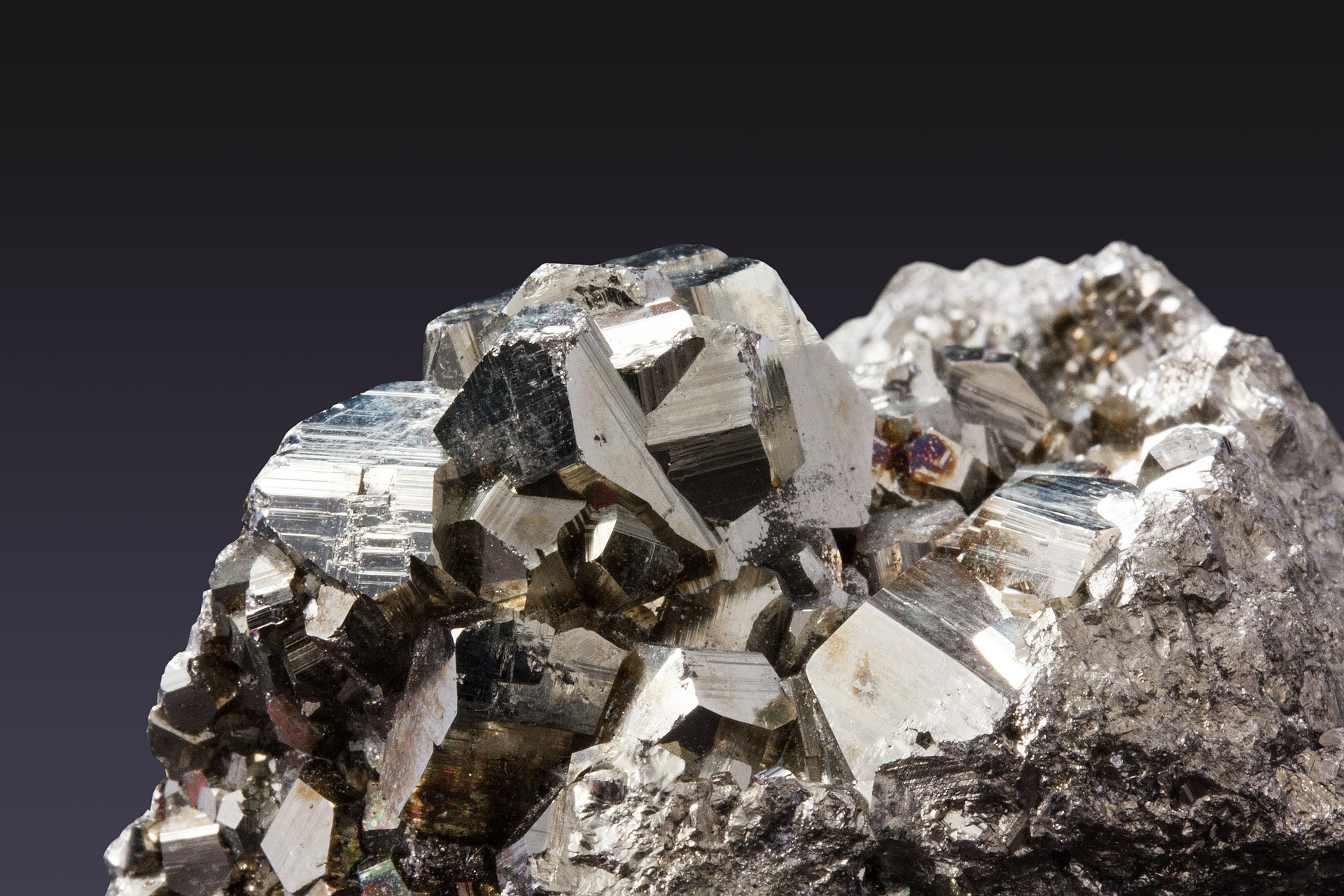 Earth & Space
Earth & Space
U.S. Mineral Supply Chain Security in the Age of Pandemics and Trade Wars
Modern technology makes use of numerous mineral commodities whose production is concentrated in a few countries. New research identifies the commodities whose supply disruption poses the greatest risk to the manufacturing sector. While the analysis is applied to the U.S. manufacturing sector, the principles are equally applicable to other economies heavily reliant on imported mineral materials.

The COVID-19 pandemic highlights the fragility of global supply chains and underscores the risks of supply disruptions during a crisis. This is only the most recent reminder of such risks to economies that are heavily reliant on imported goods and materials, with supply chain disruptions stemming from trade wars, labor strikes, market bubbles, and natural disasters. China's threats to cut-off rare earth supplies in 2010 epitomized these risks for importing countries who had limited alternatives due to China's near-monopoly of the rare earth supply chain at the time.
The concentration of production of mineral commodities in a few countries is not, however, limited to rare earths. The mining and mineral processing of many raw materials that underpin manufacturing supply chains have become more and more concentrated - a decades-long trend. The tantalum and cobalt in smartphones, for example, help ensure fewer dropped calls and longer battery life, and the drive towards smaller, faster, and smarter technologies necessitates the use of these and other exotic elements that are perfectly suited for the job. Both were likely mined in the conflict-ridden Democratic Republic of the Congo and refined in resource-hungry China. Having production concentrated in a single country increases the potential for supply chain disruptions.
But which commodity's supply disruption poses great risks? In our latest research, we address this question by examining the risk of a mineral commodity supply disruption to the U.S. manufacturing sector.
For there to be risk, three things must occur: there needs to be a hazard, you need to be exposed to it, and must be vulnerable to it.
Here, "hazard" refers to the likelihood of a foreign supply disruption, meaning the chance that supplies from other countries are cut-off (either deliberately or unintentionally). To measure this disruption potential, we assessed the concentration of production at the country level. We then adjusted for whether those countries may be predisposed to become unable or unwilling to supply the United States based on their political stability, adequacy of infrastructure, and availability of labor, as well as their trade, ideological, and defense ties with the United States. Commodities with production concentrated in only a few countries that may become unable or unwilling to continue to supply the United States received higher potential disruption ratings than those with production dispersed over many willing and able countries.
To measure "exposure" we examined U.S. trade data to determine what percentage of each commodity’s consumption came from foreign sources. Commodities for which the United States was fully import reliant received the highest “exposure” rating, while those for which the United States was a net exporter received the lowest.
To determine "vulnerability" we estimated how much different industries spent on a commodity relative to that industry’s profitability. Industries with high profitability and minimal commodity expenditures were rated as less vulnerable because they would have the potential to withstand a supply disruption by absorbing (at least a portion of) any price increase and the financial flexibility to deal with the disruption. Additionally, we incorporated the industry’s contribution to the economy to account for the varying impacts each industry’s disruption would have on the U.S. economy.
The study assessed over 50 commodities across the decade spanning the years 2007 to 2016. The commodities with the highest risk included several of the rare earth elements, especially those used in high-strength permanent magnets that are essential for everything from electric vehicles and hard-disk drives to offshore wind turbines and air-conditioners. Other commodities with a high-risk rating included cobalt, graphite, tantalum, and niobium.
Once identified as high-risk, the next step is to determine how this risk can be reduced. Various strategies can be adopted including diversification of supply, increasing recycling, developing substitutes, maintaining strategic inventories, and bolstering trade relationships. Within the U.S. federal government, these strategies are being examined to determine which are most effective for each commodity with the goal of minimizing the overall risk to the U.S. economy so that we are better prepared for when another devastating event like the COVID-19 pandemic strikes. The principles we outline here are equally applicable to other economies that are heavily- reliant on imported mineral materials.
Original Article:
Nassar NT, Brainard J, Gulley A, et al. Evaluating the mineral commodity supply risk of the U.S. Manufacturing sector. Sci Adv. 2020;6(8):eaay8647.
Next read: How people think about risks, politics, and sustainable development by Frank Chuang , Ed Manley , Arthur Petersen
Edited by:
Dr. Ayala Sela , Associate Editor
We thought you might like
More from Earth & Space
Discovery of the first radiation belt beyond the Solar System
Jan 27, 2025 in Earth & Space | 3.5 min read by Juan Bautista Climent OliverOne million (paper) satellites
Jan 24, 2025 in Earth & Space | 3 min read by Ewan Wright , Andrew FalleVolcanic Ash: A Nutrient Boost for Reef-Building Corals
Sep 18, 2024 in Earth & Space | 4 min read by Frank Förster , Tom SheldrakeAmmonia Energy: A Call for Environmental Awareness
Aug 29, 2024 in Earth & Space | 3.5 min read by Matteo Bertagni , Robert Socolow , Amilcare PorporatoLikely increase in coral thermal tolerance at a Pacific archipelago
Dec 29, 2023 in Earth & Space | 3 min read by Liam LachsEditor's picks
Trending now
Popular topics


